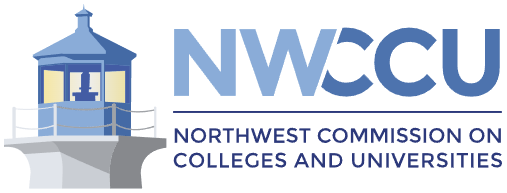EHHD_ED_GR_MEd_AHE_REPORT_2013-14
Annual Assessment Report
Academic Year: 2013‐14
Department: Education
Program(s): Adult and Higher Education, Masters of Education (M.Ed.)
1. What Was Done?
2 students sat and completed their written comprehensive exams.
2. What Data Were Collected?
Pass rates were collected to assess the program. Both students who sat for comprehensive examinations passed the written comprehensive exam, leading to a 100% pass rate.
3. What Was Learned?
The final requirement to complete a Master’s in Education (Adult & Higher Education) is the student’s comprehensive exam. Students take their comprehensive exams during their last semester in the program. The exam is comprised of a foundation, specialization, and research questions. The foundation questions covers the fundamental knowledge to understand student development, organizational structure, history and philosophy of higher education, and institutional research. The specialization question focuses on the student’s cognate area such as service learning, online education, residence life. The research question asks students to conduct a research study article critique. One goal of the research article critique is to help students become savvy consumers of the extant literature. Students are exposed to research throughout their graduate program and do a good work in critiquing the studies. We are interested in learning more about how students can learn to apply research to their respective professional positions in higher education.
Students often enter the program with experience and interest in a specific facet of higher education such as residence life, student services, student athletes, marketing and recruitment, and financial aid. As a result, students often maintain that focus throughout their program. Our faculty are excited to have students show their enthusiasm for a specific area of higher education. However, we also believe that at the Master’s Level there is an opportunity to explore different areas of higher education that may be less familiar to them.
4. How We Responded?
During this reporting year we added two important additions to the program with the goal of building and developing a scholarly practitioner model for Master’s students. First, we included an additional goal to the research question that asked students to apply what they learned from the article critique to higher education. Specifically, the students were asked to provide recommendations to a division of higher education based on the article’s findings. This new focus on the application of knowledge was an important addition to demonstrate the student’s ability to merge research and practice. Second, we have encouraged and supported students to attend professional conferences in an effort to network with other professionals, learn more about their field of study, and to present their research projects. These scholarly activities reinforce the students’ roles as scholarly practitioners.
In an effort to diversify and expand students’ interest in higher education, students have been encouraged to include independent studies and internships to their Program of Study. These less formal educational opportunities have three important functions. First, they allow students to immerse themselves in an authentic learning experience by joining a division on campus and working 150 hours along side professional higher education administrators and directors. Second, the academic components of the internships and independent studies allow students to develop a current “state of understanding” of the pressing issues and trends in higher education. Third, students develop a portfolio to showcase the range of activities and duties they performed as part of their independent studies and internships.



